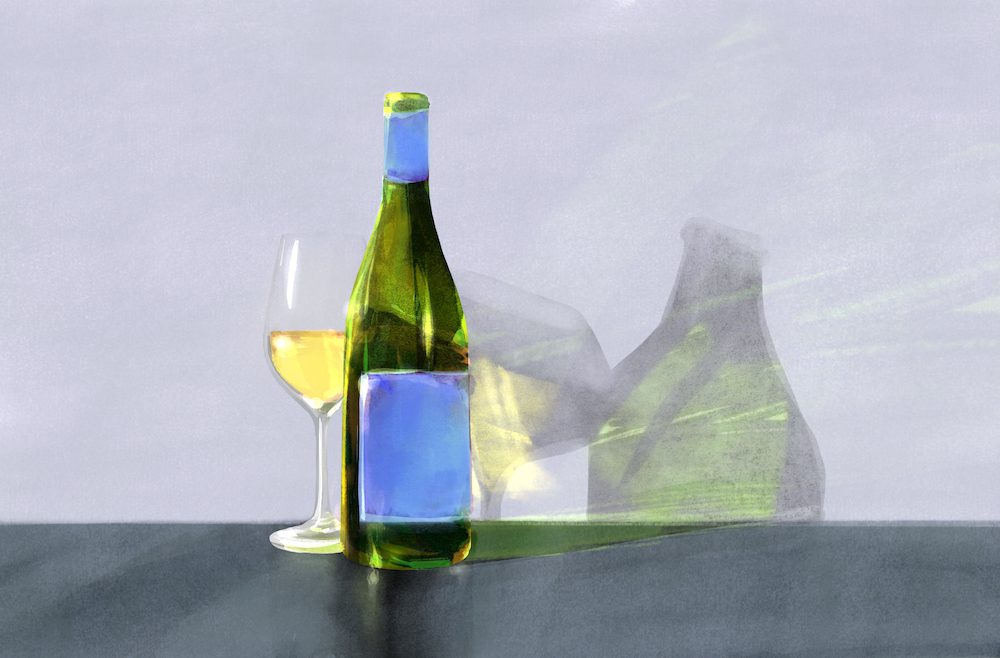Circle Chair Meg Maker questions the role of the reader in wine writing, and in doing so, reflects on the purpose of the writing itself.
I recently published a long memoiristic essay about a press trip I’d taken in Northern Italy. A fellow wine journalist posted a comment asking, “Who’s the reader?”
It’s a valid question. Whenever we sit down to write an article, we should consider our reader, and in some ways that means we act as both writer and editor. Those of us who self-publish are deeply familiar with this duality, but anyone who wants their writing to get read (read: everyone) had better think about who’s doing the reading.
“I assume limitless intelligence but limited prior knowledge,” I replied. Meaning the piece was meant for anyone who likes a good story and wants to hear about my experience but doesn’t necessarily know that much, or even care that much, about wine. I snuck in some history and details about the territory and winemaking, but it was principally a work of creative nonfiction. It’s an approach that makes a piece about more than its topic and expands its potential reach.
Since wine is an experiential product, wine writers have latitude to use personal insights and observations to create pieces that are impressionistic, opinionated and characterful. Such pieces underscore wine’s subjective realities: flavours, evocations, myths and secrets. They’re often written in the grammatical first person, and the writer may even wax poetic. These pieces make few claims toward universal truths, instead staking out private boundaries around the writer’s lived experience.
Wine is also technical, vastly complex, so writers may lean more upon statistics and evidence to underscore wine’s objective realities. These pieces rely on research, reporting, facts, and analysis. The material is often strictly in the third person. Over time, some forms and norms have emerged: vintage report, trip report, producer portrait, regional profile, explainer. These pieces aim to educate, illuminate, and demystify wine.
Both strategies are valid, and writers naturally slide back and forth between them according to a publication’s goals. Of course, they can also be artfully combined to amplify both the appeal and credibility of a piece of wine writing.
But these strategies aren’t deployed in equal measure. (This is perhaps why my colleague was confused about my writerly aims; my piece didn’t fit the “press trip report” pattern language.)
The preponderance of wine writing leans on wine’s objective realities. It aims to educate readers, to explain wine.
This kind of writing makes some interesting assumptions: That readers want to have wine explained to them. That they can learn about wine by reading about it; that reading is an effective means to absorb wine’s truths. That once educated, they will come to value wine. And once they value wine, they will buy it, and when they buy it, they will love it.
Does it work? Does this analytical, explanatory, demystifying lesson-making actually lead to love?
I’m not sure. I’ve worked in every genre of wine writing, from service journalism to lyric essay and everything in between, and I’ve tried to make it all engaging, but even friends who love wine will read my memoir before my explainer on malolactic fermentation.
Maybe in trying so hard to explain wine, we’ve bleached it of all mystery, robbed it of intricacy and interestingness. A reader of limitless intelligence should be able to tolerate some complexity.
Original illustration by Meg Maker

